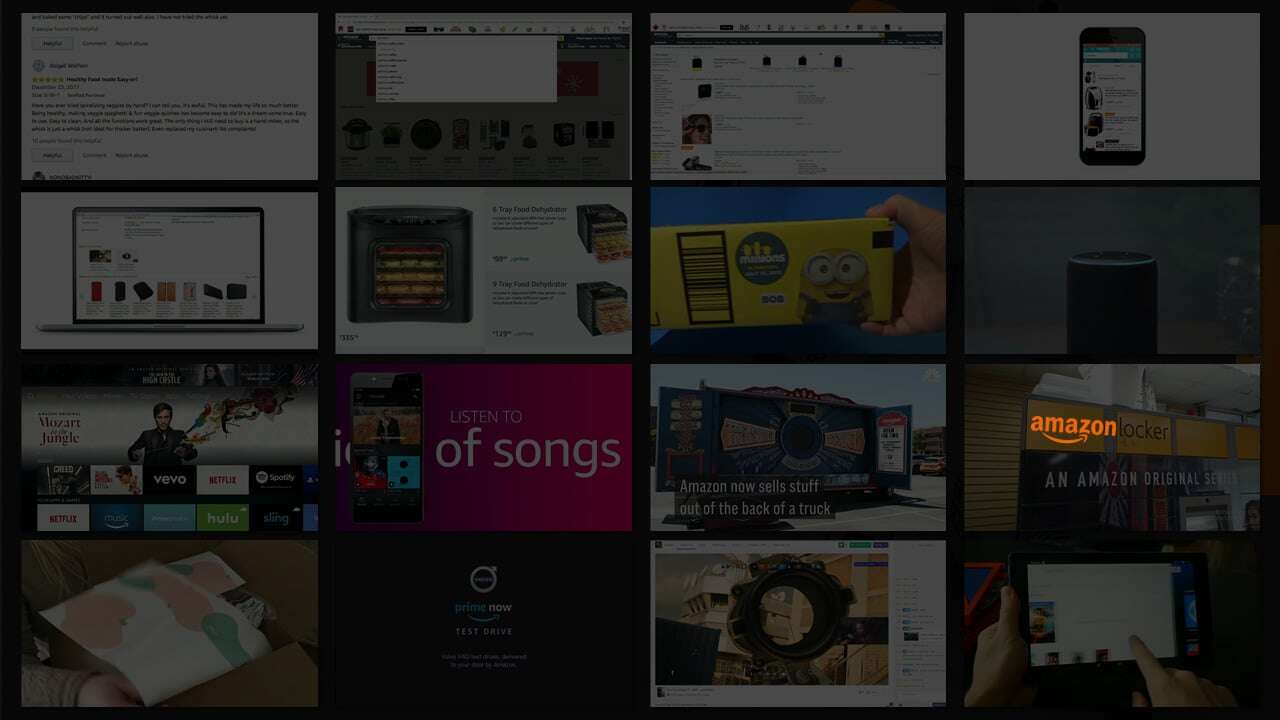What’s Next For Amazon In…Video
In the last few years Amazon has steadily, if not exactly quietly, built a powerful and wide-ranging portfolio of video services, from Prime Video...

In the second quarter of this year, a record 7.6 billion hours of gaming streams were watched online according to live streaming data analysts Stream Hatchet. And 68% of that colossal figure took place on Twitch, the Amazon-owned platform that’s been at the heart of a live-streaming boom vastly accelerated by Covid-19 lockdowns. Twitch’s rapid growth – 84.9% over the past 12 months – has been eye-catching, yet many people (prospective advertisers included) still have no idea what it is or what it does.
What is Twitch?
Put simply, Twitch is a video live-streaming service that showcases user-generated content. Though most synonymous with gaming and video game live-streaming, more recently Twitch has incorporated creative and influencer content, esports competitions, ‘in real life’ (IRL) streams, and music broadcasts. However, Twitch isn’t the only streaming platform out there – major social media platforms including YouTube, Facebook, Instagram and Twitter have all found a way to democratize and commodify live-streaming, so how did Twitch become the biggest and most popular streaming platform in the world?
A Brief History
First, a brief history of Twitch before it was Twitch. In 2007, Justin.tv launched. Remember The Truman Show? Well, think of Justin.tv like a real-life version of that. Justin.tv originated as a single channel featuring creator Justin Kan, who wore a webcam attached to his baseball cap and streamed continuous live video 24/7. That same year Justin.tv expanded its offering to more than 60 different channels divided into several content categories, became an open network allowing the public to register and broadcast themselves, and hit 1 million monthly users. The gaming category flourished particularly rapidly, and in 2011 the company decided to launch TwitchTV as a spin-off entirely devoted to gaming content. Fast-forward to 2014, and Amazon acquired Twitch Interactive for a sum just shy of US$1 billion. The rest is – quite literally – history.
The Twitch Affiliate Program
There are three levels of content streamer on Twitch; General, Affiliate and Partner, the latter two being the tiers that unlock ad revenue, brand work and tipping. The Twitch Affiliate Program, in their words, puts “qualified streamers one step closer toward the dream of making a living from their passions.” In other words, Twitch Affiliates are streamers that can monetize their channels. As it turns out, the requirements to become a Twitch affiliate aren’t all that hard. You need to have broadcast at least 500 minutes and have had at least 7 unique broadcast days in the last 30 days, an average of 3 concurrent viewers (or more) over the last 30 days, and have at least 50 followers. Becoming a partner – now that’s a little more difficult. While the requirements are essentially similar, Twitch makes it clear that they’re the ‘minimum metrics’ needed, and it can take several months if not years to become a partner.
Becoming a Twitch partner is the holy grail for Twitch streamers. Twitch partners get a lot of traction, they get paid for subscriptions, they get cheered on with ‘Bits’ (Twitch currency, aka donations), they can run ads on their stream (and pocket some revenue from that), and perhaps the icing on top of the cake for any streamer – they’re tapped for brand sponsorships and commercials. And that’s where the marketing potential for Twitch is practically bursting at the seams.
How much has Twitch really grown in the last quarter?
The coronavirus pandemic has only made Twitch’s top influencers even more prominent, with the combined hours watched of the platform’s top five streamers growing by 149% from Q1 2020 to Q2 2020 alone. Number one streamer summit1g continues to lead as the most watched gaming influencer, with his viewership growing by more than 70% alone. However, he teeters on the brink of being dethroned by Brazilian streamer Gaules, who now sits at an equal 49 million hours watched in Q2 2020 after viewership growth of over 220%. Australian gamer Loserfruit gained popularity streaming Fortnite on her platform, and is now the second most popular female streamer in the world with a subscriber count just shy of 1.9 million. Earlier this year Loserfruit – whose real name is Kathleen Belsten – even got her own Fortnite skin as part of the game’s Icon Series, making her the second female content creator ever – after Pokimane- to collaborate with the Epic Games brand.
Twitch is much more than just gaming
While Twitch’s top gaming streamers are mostly expert gamers, it’s important to make the distinction between them and esports athletes; personality, character and engagement matters much more than outright ability on the platform. Twitch allows its gamers to interact with streamers during live streams, which means that subscribers are able to watch and communicate with their favorite gamers and personalities in real time. According to the Entertainment Software Association, 65% of Americans play video games. Considering that number, there’s no surprise that Twitch averages between 1.5 and 2 million hours watched every month. Netflix CEO Reed Hastings couldn’t have emphasized it more when he admitted that “we earn consumer screen time away from a very broad set of competitors. We compete with, and lose to, Fortnite more than HBO.”
Twitch’s ‘Just Chatting’ Category
There’s absolutely no denying that Twitch’s gravitational pull lies in its gaming streams, however the platform has made a significant push to diversify its content offering. Non-gaming streams continue to grow in number and importance. Since it was first introduced two years ago, Twitch’s ‘Just Chatting’ category has exploded in popularity. The category increased 94% in hours watched from January to June 2020, and remains the dominant category on the directory.
According to CEO of StreamElements, Doron Nir, the appeal of ‘Just Chatting’ lies in its potential to be a very conducive forum for discussing meaningful topics like the Black Lives Matter movement, quarantine life, and other important matters. The category is “frequently used by gamers who are taking a break from gaming which provides them with a more direct way to interact with their fans,” said Nir,” acknowledging that “the Twitch community as a whole has skyrocketed, all of which speaks to audiences gravitating even more towards online entertainment and interactions.” Nir also credits the expansive growth in the “Travel and Outdoors” category to the decrease in people currently traveling, citing “people might be looking for escapism content given the shelter-in-place mandates.”
Sports, too, offers another opportunity for Twitch to capture a new audience, with live streaming of NFL games already proving a success, and Real Madrid and Arsenal among several European soccer clubs signed up to strategic partnerships. Similar moves are afoot in Music, Beauty, and Food & Drink.
Wherever growth on Twitch comes from, one thing at least seems certain: more growth will come, not just in gaming but sports, music and entertainment. Advertisers and agencies will have to be ready to capture the opportunity.
Stay tuned for more insights and future gazing into the Twitch and live streaming space.

In the last few years Amazon has steadily, if not exactly quietly, built a powerful and wide-ranging portfolio of video services, from Prime Video...

The sheer breadth and scale of Amazon means there’s an ever-growing number of ways for brands to reach consumers, whatever their product and at...

WARNING – This article is NOT about Amazon Sponsored Ads / Search / PPC, but looks into the future of Amazon’s broader advertising offering.
